Randal Koene discusses Whole Brain Emulation on the H+ Magazine podcast. He touches on the subjects of connectomics, neural mapping, optogenetics, and neural prosthesis.
Category: genetics – Page 131
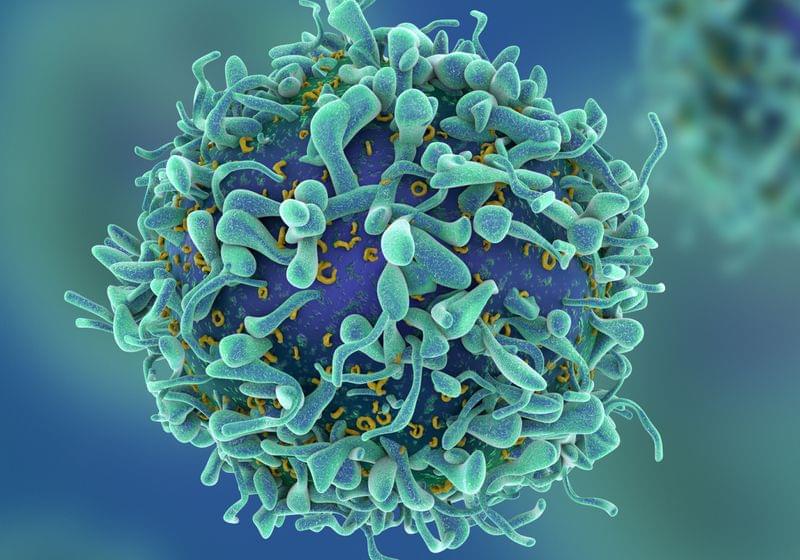
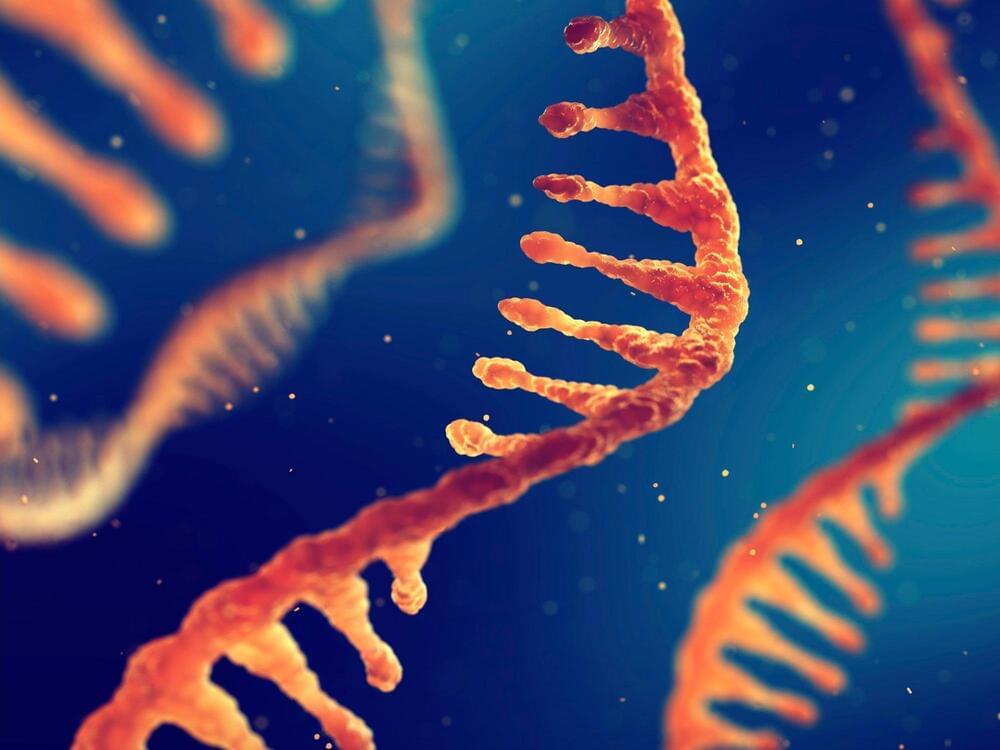
The Hidden Biochemistry of Cold Temperatures: Chilling RNA Discovery Reshapes the Rules of Life
Ribonucleic acid (RNA) is a vital biological molecule that plays a significant role in the genetics of organisms and is essential to the origin and evolution of life. Structurally similar to DNA, RNA carries out various biological functions, largely determined by its spatial conformation, i.e. the way the molecule folds in on itself.
Now, a paper published in the journal Proceedings of the National Academy of Sciences (PNAS) describes for the first time how the process of RNA folding at low temperatures may open up a novel perspective on primordial biochemistry and the evolution of life on the planet.
The study is led by Professor Fèlix Ritort, from the Faculty of Physics and the Institute of Nanoscience and Nanotechnology (IN2UB) of the University of Barcelona, and is also signed by UB experts Paolo Rissone, Aurélien Severino, and Isabel Pastor.
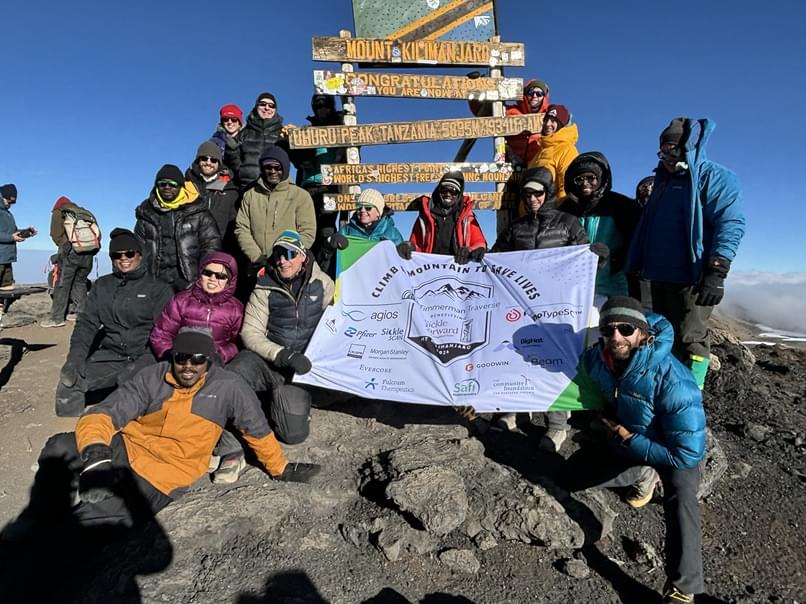
Sickle Cell Patient Cured With CRISPR Summits Kilimanjaro, Setting World Record
Four years after being functionally cured of sickle cell disease with a CRISPR gene-editing therapy, Jimi Olaghere has set a new world record for patients with this chronic and deadly disease.
Olaghere, a 39-year-old business owner from Atlanta, became the world’s first patient with sickle cell disease to reach the summit of Kilimanjaro at 7:30 am Tanzania time on Sept. 16. It’s the highest peak in Africa at 19,341 feet above sea level.
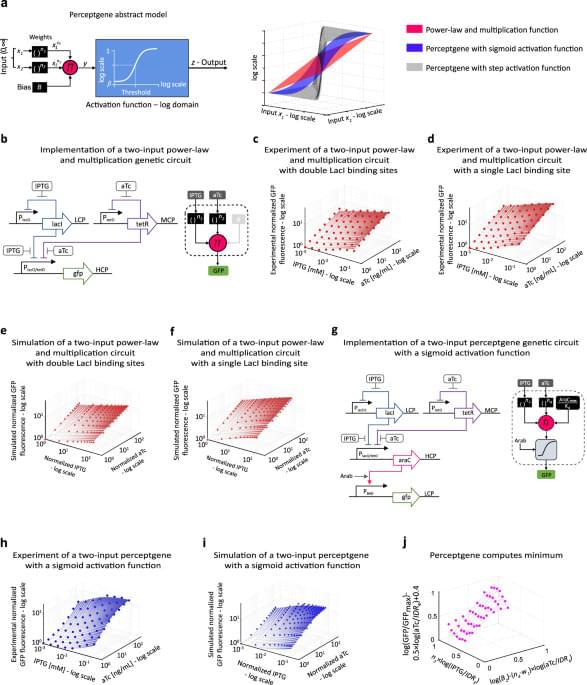
Synthetic neuromorphic computing in living cells
Computational properties of neuronal networks have been applied to computing systems using simplified models comprising repeated connected nodes. Here the authors create layered assemblies of genetically encoded devices that perform non-binary logic computation and signal processing using combinatorial promoters and feedback regulation.
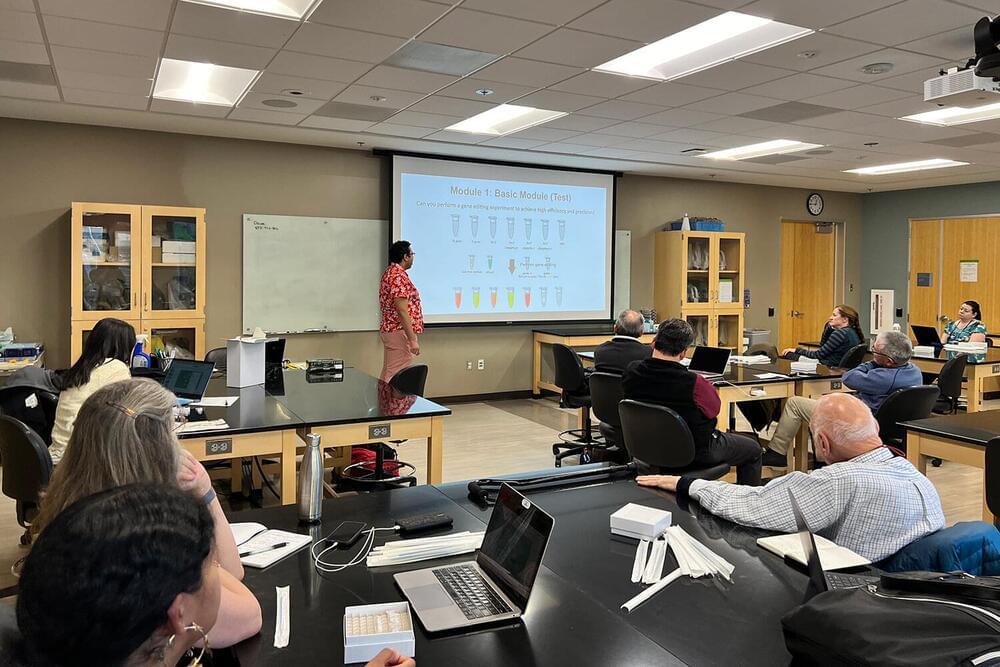

Is life a complex computational process?
However, more recent research suggests there are likely countless other possibilities for how life might emerge through potential chemical combinations. As the British chemist Lee Cronin, the American theoretical physicist Sara Walker and others have recently argued, seeking near-miraculous coincidences of chemistry can narrow our ability to find other processes meaningful to life. In fact, most chemical reactions, whether they take place on Earth or elsewhere in the Universe, are not connected to life. Chemistry alone is not enough to identify whether something is alive, which is why researchers seeking the origin of life must use other methods to make accurate judgments.
Today, ‘adaptive function’ is the primary criterion for identifying the right kinds of biotic chemistry that give rise to life, as the theoretical biologist Michael Lachmann (our colleague at the Santa Fe Institute) likes to point out. In the sciences, adaptive function refers to an organism’s capacity to biologically change, evolve or, put another way, solve problems. ‘Problem-solving’ may seem more closely related to the domains of society, culture and technology than to the domain of biology. We might think of the problem of migrating to new islands, which was solved when humans learned to navigate ocean currents, or the problem of plotting trajectories, which our species solved by learning to calculate angles, or even the problem of shelter, which we solved by building homes. But genetic evolution also involves problem-solving. Insect wings solve the ‘problem’ of flight. Optical lenses that focus light solve the ‘problem’ of vision. And the kidneys solve the ‘problem’ of filtering blood. This kind of biological problem-solving – an outcome of natural selection and genetic drift – is conventionally called ‘adaptation’. Though it is crucial to the evolution of life, new research suggests it may also be crucial to the origins of life.
This problem-solving perspective is radically altering our knowledge of the Universe. Life is starting to look a lot less like an outcome of chemistry and physics, and more like a computational process.
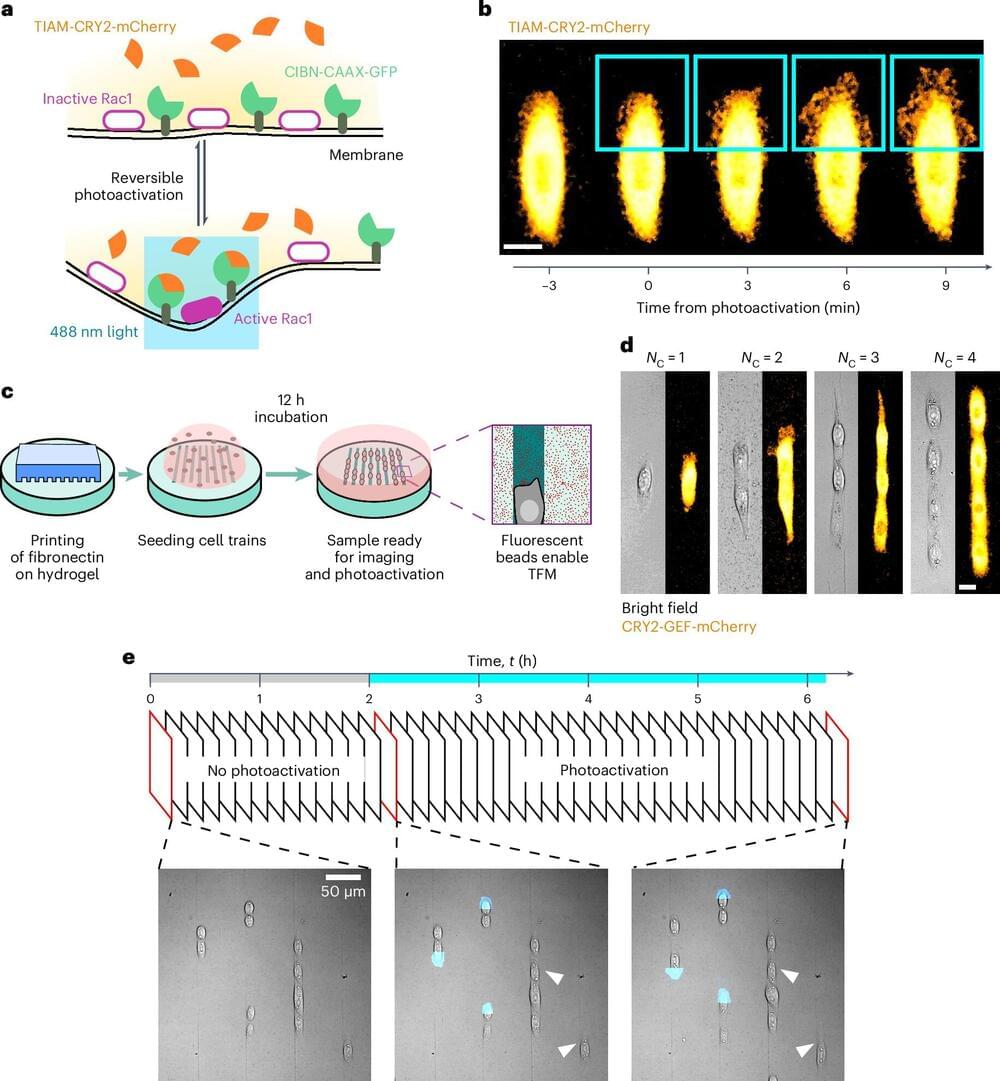
Optogenetic control reveals collective cell behavior
New research led by the Institute for Bioengineering of Catalonia (IBEC) has studied the migratory movement of groups of cells using light control. The results show that there is no leader cell that directs the collective movement, as previously thought, but that all cells participate in the process.
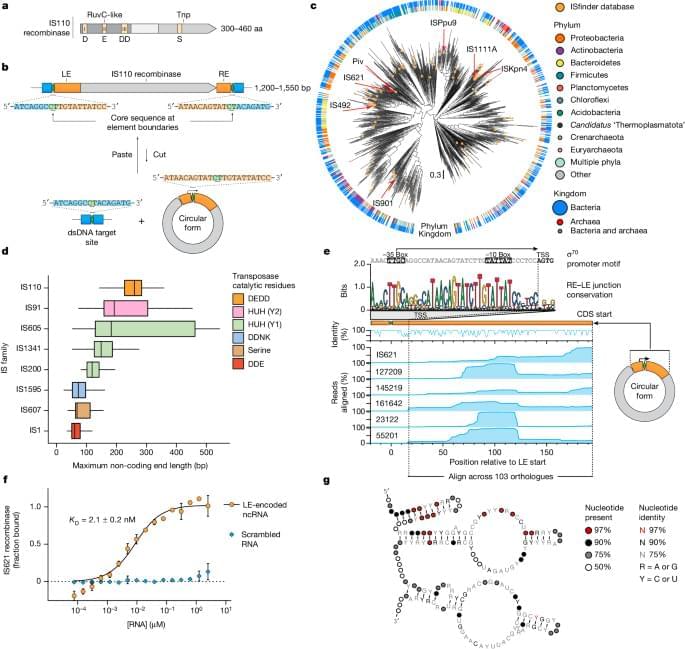
Dr. Francis Collins — Former Director, U.S. National Institutes Of Health (NIH) — The Road To Wisdom
The Road To Wisdom — Dr. Francis Collins, MD, PhD — Former Director, National Institutes of Health (NIH); Distinguished Investigator, Center for Precision Health Research, National Human Genome Research Institute.
Dr. Francis S. Collins, M.D., Ph.D., (https://www.francisscollins.com/) is the former Director of the U.S. National Institutes of Health (NIH), where as the longest serving director of NIH (spanning 12 years and three presidencies) he oversaw the work of the largest supporter of biomedical research in the world, from basic to clinical research.
Dr. Collins continues to serve as NIH Distinguished Investigator.
Center for Precision Health Research, at the National Human Genome Research Institute (NHGRI — https://irp.nih.gov/pi/francis-collins).
Dr. Collins is a physician-geneticist noted for his landmark discoveries of disease genes and his leadership of the international Human Genome Project, which culminated in April 2003 with the completion of a finished sequence of the human DNA instruction book. He served as director of the National Human Genome Research Institute at the NIH from 1993–2008.
Dr. Collins’ research laboratory has discovered a number of important genes, including those responsible for cystic fibrosis, neurofibromatosis, Huntington’s disease, a familial endocrine cancer syndrome, and most recently, genes for type 2 diabetes, and the gene that causes Hutchinson-Gilford progeria syndrome, a rare condition that causes premature aging.